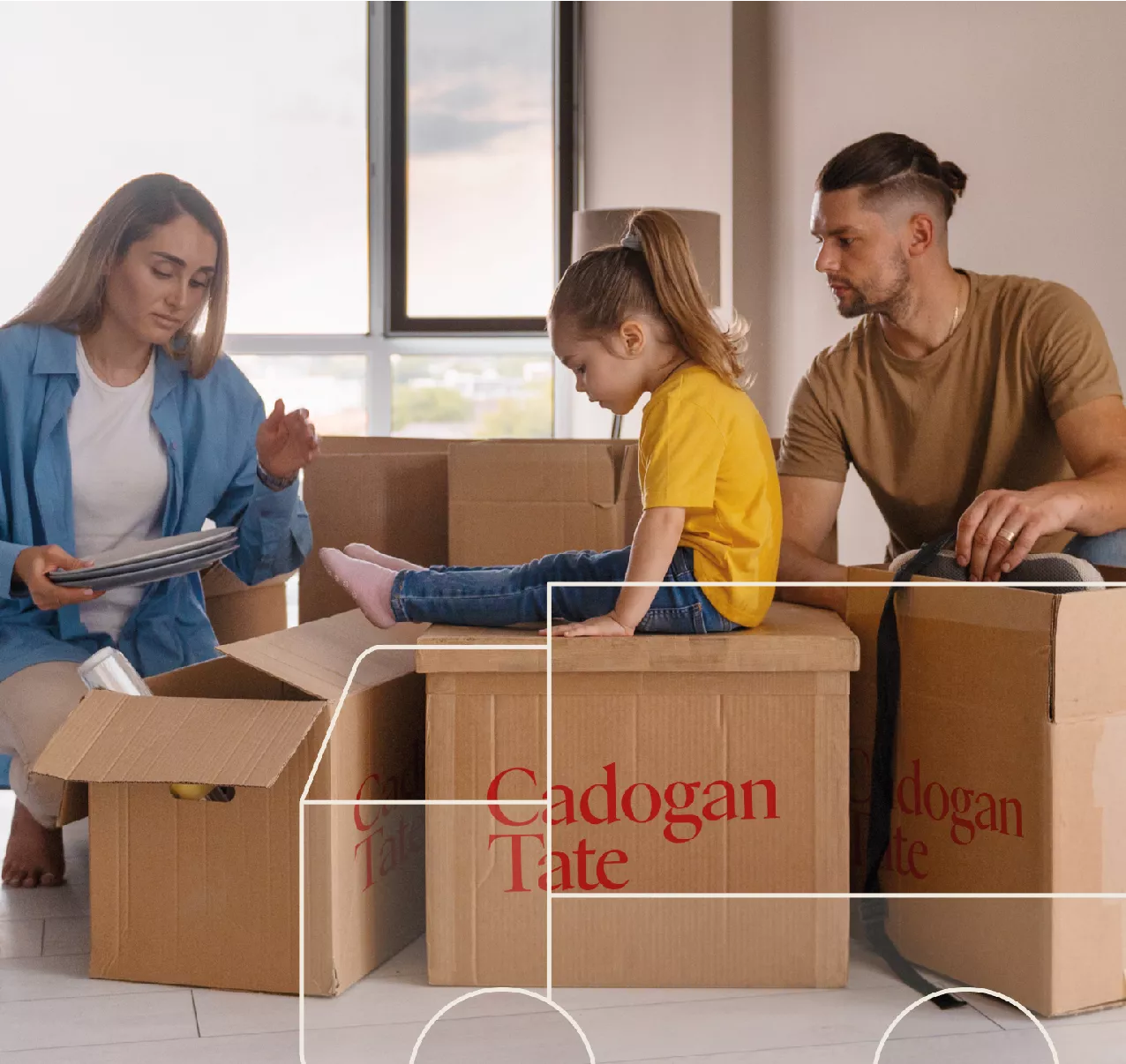
Long sandy beaches, a warm, inviting climate, a vibrant, multicultural lifestyle, fantastic work opportunities and a robust economy… it’s no wonder that thousands of British expatriates have made Australia their home from home.
Its appeal as a destination is not limited to any one sub-sector of the UK population. From those being strategically relocated within an international corporation; to those actively seeking Australian employment to secure a better work/life balance with their family; through to retirees wanting to spend their days in the sun, there are many reasons why so many British individuals and families consider moving to Australia.
However, Australia has tight immigration rules and quotas to restrict the flow of foreign immigrants through its borders. These rules are constantly being refreshed and updated, so you should always check with your relocation agent to find out what the latest situation is with regards to obtaining a visa.
Types of visa
The latest changes to the immigration policy were announced at the beginning of July 2019. There are many different types of visa available for Australia, which depend on what your purpose is for moving to the country, how long you are planning on staying (short-term, long-term or permanently), your age, your financial situation, your professional skillset and other factors.
The majority of British expatriates will be coming into the country on a sponsored visa arranged through their employer. For those without a firm job offer, but actively seeking new employment, there are skills tests to undertake, as well as submitting proof of qualifications.
There are a number of different working visas, as well as permanent residence permits. It is usually best to speak to an expert in relocating to Australia who can advise on the best immigration route for the biggest chance of success.
While this might sound overly complex, it’s actually a very simple system to navigate and the Australian government offers a transparent process to follow to get the right visa.
You can explore your visa options on the Australian Home Office website, which leads you through a series of questions in its Visa Wizard to help ascertain the right visa for you, as well as a suggestion of eligibility (which acts as no guarantee of acceptance).
Key changes
On 1st July each year, the Australian government announces its upcoming, planned changes to the immigration system. Normally, this includes a fee rise across all visa types, usually of around 5%. There are also changes made to the points-based system for eligibility, as well as updates to the skilled professions’ list. Some specific visas may also be overhauled or changed more radically.
Many of the major 2019 changes that have been announced come into force this November. One of the key changes is the way that points are calculated and how many points you can obtain for certain criteria.
For example, 10 points are awarded for having a skilled spouse or partner; 15 points for applicants who have been nominated for a visa by a state or territory government, or a family member already living in Australia; 10 points for having certain qualifications, usually in STEM-based subjects; and 10 points for those without a spouse or partner.
There are also two new visa categories, which replace previous visa categories, again valid from November 2019. The current 489 Skilled Regional (Provisional) visa for skilled workers and their families is being replaced by the 491 Skilled Regional (Provisional) visa. There are 14,000 of these visas available every year and it is based on the points system.
The visa applicant must be nominated by a state or territory government, or a family member already living in Australia, and the applicant must be no older than 45 years old.
The 187 Regional Sponsored Migration Scheme visa, which is for skilled workers who have been nominated by an Australian employer to live and work in Australia permanently, is being replaced by the 494 Skilled Employer Sponsored visa, with 9,000 places available per year. As well as sponsorship by your new employer, the position you are taking up must be likely to be available for at least five years. Again, there is an age limit of 45 and a skills assessment might be needed.
Those who are eligible for either the new 491 or 494 visas and go on to hold them for at least three years, comply with their visa conditions and meet minimum income requirements, will be able to apply for a newly introduced 191 Skilled Regional (Permanent Residence) visa, which comes into force in November 2022.
Uniting families
These visa changes come off the back of other immigration changes that have already been announced in 2019. For example, the new parent visa was made available from April 2019 to help unite extended families.
The 870 Sponsored Parent (Temporary) visa allows for Australian permanent residents or citizens to sponsor an application for their overseas parents. Parents will be able to live in Australia under the visa for five years, with the option to renew for another five years – the renewal is only available once. 15,000 of these visas will be available each year.
You will need to have resided in Australia for at least four years before being able to act as a sponsor, and will remain a financial guarantor for your parents after relocation.
Find out more about how we can help you with your move to Australia and get in touch for a quote for our international packing and shipping services.



